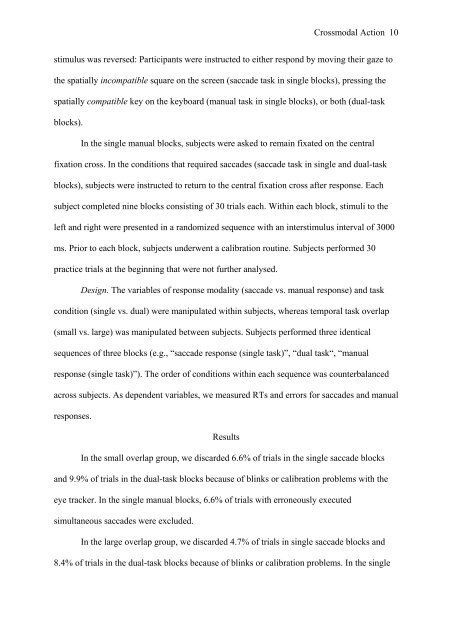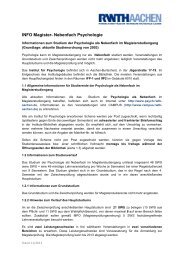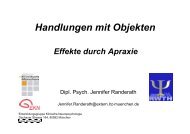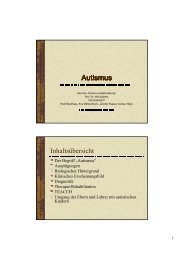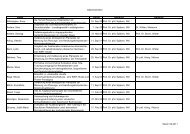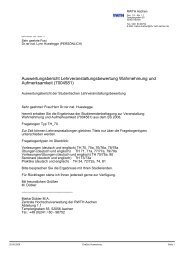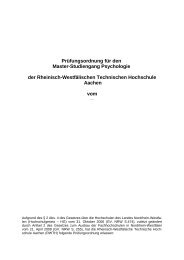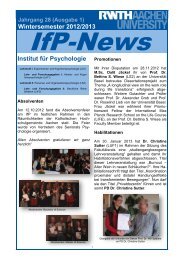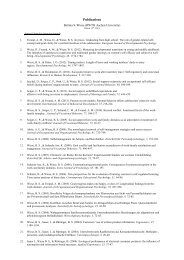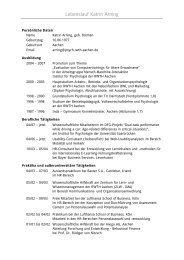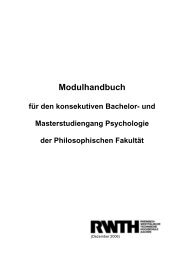Crossmodal Action 1 Crossmodal Action Selection - RWTH Aachen ...
Crossmodal Action 1 Crossmodal Action Selection - RWTH Aachen ...
Crossmodal Action 1 Crossmodal Action Selection - RWTH Aachen ...
You also want an ePaper? Increase the reach of your titles
YUMPU automatically turns print PDFs into web optimized ePapers that Google loves.
<strong>Crossmodal</strong> <strong>Action</strong> 10<br />
stimulus was reversed: Participants were instructed to either respond by moving their gaze to<br />
the spatially incompatible square on the screen (saccade task in single blocks), pressing the<br />
spatially compatible key on the keyboard (manual task in single blocks), or both (dual-task<br />
blocks).<br />
In the single manual blocks, subjects were asked to remain fixated on the central<br />
fixation cross. In the conditions that required saccades (saccade task in single and dual-task<br />
blocks), subjects were instructed to return to the central fixation cross after response. Each<br />
subject completed nine blocks consisting of 30 trials each. Within each block, stimuli to the<br />
left and right were presented in a randomized sequence with an interstimulus interval of 3000<br />
ms. Prior to each block, subjects underwent a calibration routine. Subjects performed 30<br />
practice trials at the beginning that were not further analysed.<br />
Design. The variables of response modality (saccade vs. manual response) and task<br />
condition (single vs. dual) were manipulated within subjects, whereas temporal task overlap<br />
(small vs. large) was manipulated between subjects. Subjects performed three identical<br />
sequences of three blocks (e.g., “saccade response (single task)”, “dual task“, “manual<br />
response (single task)”). The order of conditions within each sequence was counterbalanced<br />
across subjects. As dependent variables, we measured RTs and errors for saccades and manual<br />
responses.<br />
Results<br />
In the small overlap group, we discarded 6.6% of trials in the single saccade blocks<br />
and 9.9% of trials in the dual-task blocks because of blinks or calibration problems with the<br />
eye tracker. In the single manual blocks, 6.6% of trials with erroneously executed<br />
simultaneous saccades were excluded.<br />
In the large overlap group, we discarded 4.7% of trials in single saccade blocks and<br />
8.4% of trials in the dual-task blocks because of blinks or calibration problems. In the single


